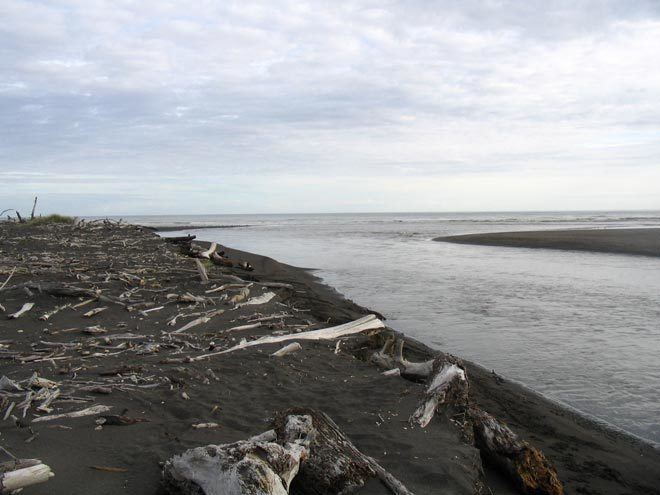Length 135 km | ||
 | ||
New years day picnic on the whangaehu river toasting new year in england and hogmanay in scotland
The Whangaehu River is a large river in central North Island of New Zealand. Its headwaters are the crater lake of Mount Ruapehu on the central plateau, and it flows into the Tasman Sea eight kilometres southeast of Wanganui. Water is diverted from the headwaters for the Tongariro Power Scheme.
Contents
- New years day picnic on the whangaehu river toasting new year in england and hogmanay in scotland
- Map of Whangaehu River Manawatu Wanganui New Zealand
- Length
- Notoriety
- Timeline
- Geology
- References
Map of Whangaehu River, Manawatu-Wanganui, New Zealand
Length
The river flows for 135 kilometres (84 mi) southward to the South Taranaki Bight near the settlement of Whangaehu.
Notoriety
The sudden collapse of part of the Ruapehu crater wall on 24 December 1953 led to New Zealand's worst railway accident, the Tangiwai disaster. A lahar – a sudden surge of mud-laden water – swept down the river, significantly weakening the structure of a railway bridge at the small settlement of Tangiwai. The overnight express train between Wellington and Auckland passed over the bridge minutes later, causing it to collapse into the turbulent waters. Of the 285 people on the train, 151 were killed.
Timeline
Geology
Often poisoned with toxic chemicals from the volcanic activity in and around Mount Ruapehu. The upper part of the river begins as the melt water from a small glacier. When hot water from the lake spills, it quickly melts the ice and snow in the glacier forming a cave like tunnel when viewed from below.
